When Aidan Varnas takes the stage in six inch heels and a bouncing blonde wig, he thinks of his grandma, Elena Varnas.
When Varnas was just five years old she would pull him on stage, adorned in intricate traditional costumes, as she put on shows for her Lithuanian community.
“She would dress me up and let me take (the costumes) home to have my dress-up box,” he said.
“She said, ‘Whatever you want to be and whatever you want to do, we’ll do it’, so she’d make the track, come to my parents house and we’d practise for the week for these performances.
“It started then and I just never stopped.”
Two decades later, Varnas – better known as Wundes – is one of Adelaide’s top drag queens, performing weekly at Mary’s Poppin’ off Rundle Street.
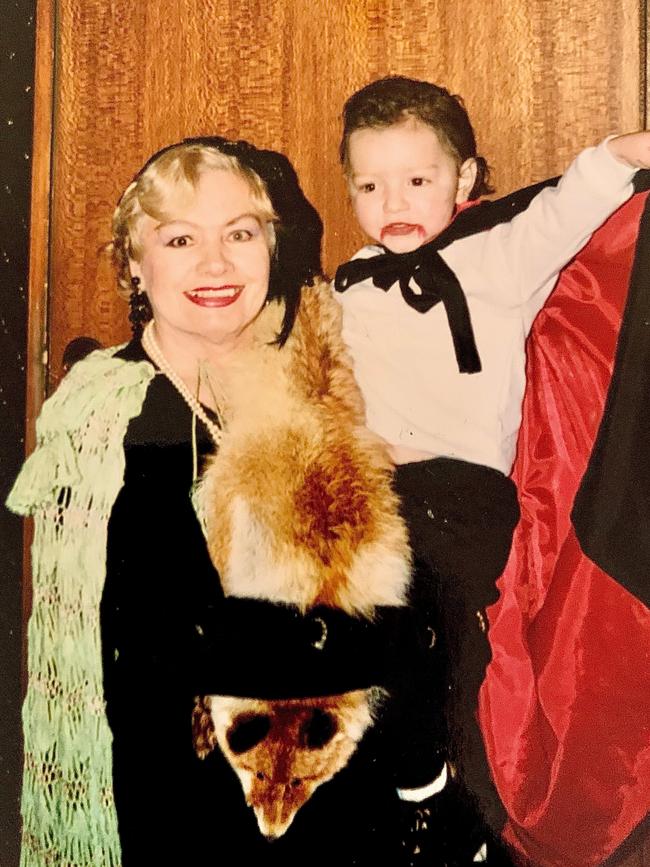
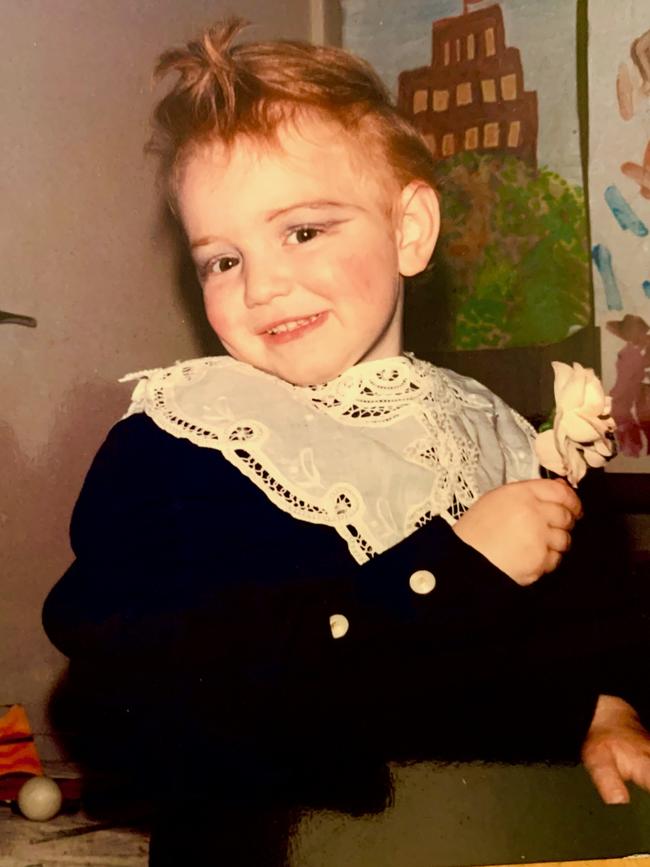
The LGBTQI-friendly bar opened six years ago and has since become the heart of the city’s drag scene.
The term “drag” is believed to have originated in Shakespearean theatre, but has become entwined with queer culture, evolving to encompass the art form of female impersonation.
In 2009, the drag community burst into the pop culture psyche with the success of reality TV show RuPaul’s Drag Race.
For Varnas, drag helped him discover his confidence and voice, with a style rooted in vintage-inspired looks and impersonations, from Judy Garland and Liza Minnelli to Cyndi Lauper and other pop female icons.
“I started dressing up once or twice a year for Feast Festival … but it was only when I started to study makeup in 2013 that I thought, ‘Well I’m not getting any clients, so I’ll just do it on myself,” he said.
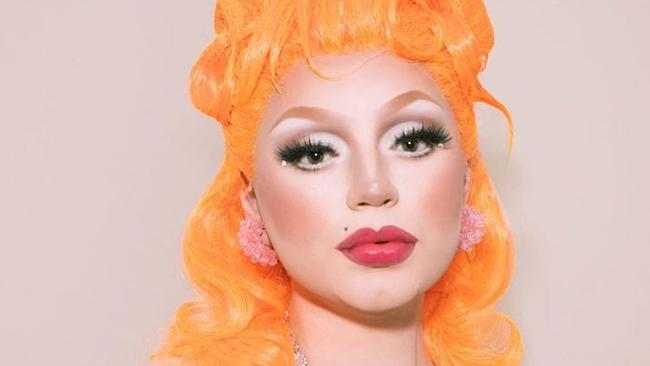
“It was only really six years ago that I started truly building up all of my costumes, wigs and experience professionally.”
But Varnas says it’s not all glitz and glamour.
“The biggest misconception is that it is purely fun. I’m in high heels and a corset for six to eight hours sometimes, I don’t pee because it’s too complicated,” he said.
“It doesn’t just happen. You have to get these dresses made, you have to pay hundreds of dollars to have those wigs styles, you have to basically be a makeup artist as well as a performer.
“It’s not just, ‘Oh I’m just playing dress up’. It’s incredibly painful and strenuous sometimes.”
Next month, 96-year-old Elena Varnas will see her grandson in drag for the first time when Wundes performs in Queensland.
Varnas can’t wait to welcome the woman who inspired it all into his vivacious world.
“Going up on stage feels like home, as cliche as that sounds,” he said.
“Drag energises me – even if I’m not feeling the best, you put on the hair and makeup and get this jolt of energy from feeling like you’re going to perform.
“It’s about trying to make the audience see and love a similar thing to what I’ve been inspired by.”
Daisy Confused
When Daisy Confused isn’t glammed up on stage, her alter-ego, Mark, is shaping the next generation of young minds.
A high school teacher by day, soft-spoken Mark radiates joy as he recounts his journey into the drag community.
“I finished uni and realised I had so much time on my hands. I started teaching at the exact same time that I started doing drag,” he said.
“When I was 15, I’d watch RuPaul’s Drag Race with a blanket over my head and remote at the ready in case someone walked in, so I could be like, ‘I wasn’t watching the gay stuff!’.
“But when I started doing drag it was like a switch turned on in my brain. All of this feminine, queer energy that I had been hiding and running from my entire life – there was now somewhere I could channel that.”
But Mark says “summoning the Goddess”, as he describes it, is not just a matter of slapping on makeup and throwing on a dress.
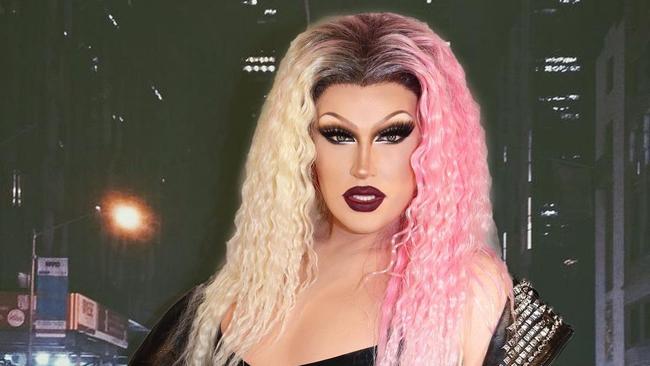
“My mum used to tell me off when I was a kid for looking in the mirror for hours, but I really laid the groundwork for getting into drag,” he joked.
“You have to know your face. I glue my eyebrows down, I use face tape to angle my face up. People say beauty is in the millimetres and makeup can slowly take those millimetres in.
“I’ve whittled mine down to about two and a half hours but it used to take me about four and a half hours to get ready.
“Shaving, tanning, makeup-ing, putting couch cushions to be my hip pads, corseting – it is a whole body experience.”
When asked about how drag has influenced his teaching style – and confidence in the classroom – Mark lit up.
“Being a high school teacher, I’m often the first queer person that some kids will meet and sometimes I do have to act as their moral training wheel,” he said.
“Sometimes I’ll say something stupid about being a queer person to engage with them and they realise that it’s okay – you can make a mistake and we can talk through it together.”
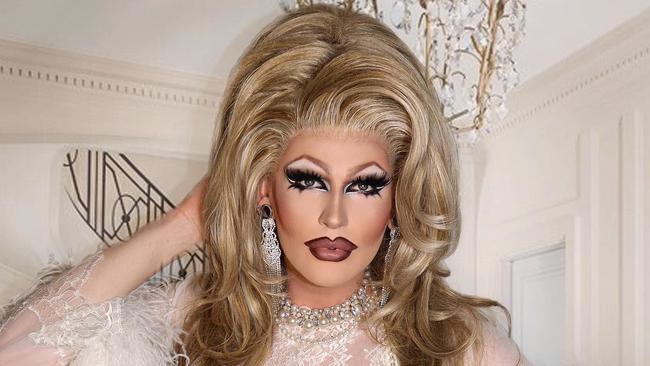
The intersection between queer culture and education has been a hot topic in the wake of the devastating Ulvade school shooting, following calls from a conservative Texas politician to ban children from being in the proximity of drag queens.
That, Mark says, could not be more absurd to those who understand the kindness and positive power of the drag community.
“I wish that people would realise that drag is kid-friendly,” he said.
“My school site makes that okay for me but it’s just a societal shame, that idea that ‘drag isn’t for children’, I really wish that it wasn’t that way.
“Use your platform for positivity. Drag allows kids to meet queer people and know that it’s okay.”
Ellie Delight
Towering at almost 200cm tall in heels, it’s hard to miss Ellie Delight inside the patterned pink walls of Mary’s Poppin’.
But outside the club, at a cafe in the CBD, a dressed down but-still glamorous Ellie sips on a chai latte as she recounts her journey into drag.
“Drag has been a part of my life for a while. I always wore makeup when I went to the club,” she said.
“My friend messaged me on Halloween last year and said, ‘Let’s put together a look’, but the night before she had to go to hospital … so I had to go shopping the day before and get all of this makeup. I was like, ‘What do I do?’.
“It took me five or six hours to get ready and I looked quite questionable … but I loved it. So I did it the next weekend, and then the weekend after that, and then I just didn’t stop.”
Ellie has rocketed into Adelaide’s drag scene, securing work in February after just three months honing her craft.
But for Ellie, who recently came out as a transgender woman, drag has become more than just a job – it’s a family.
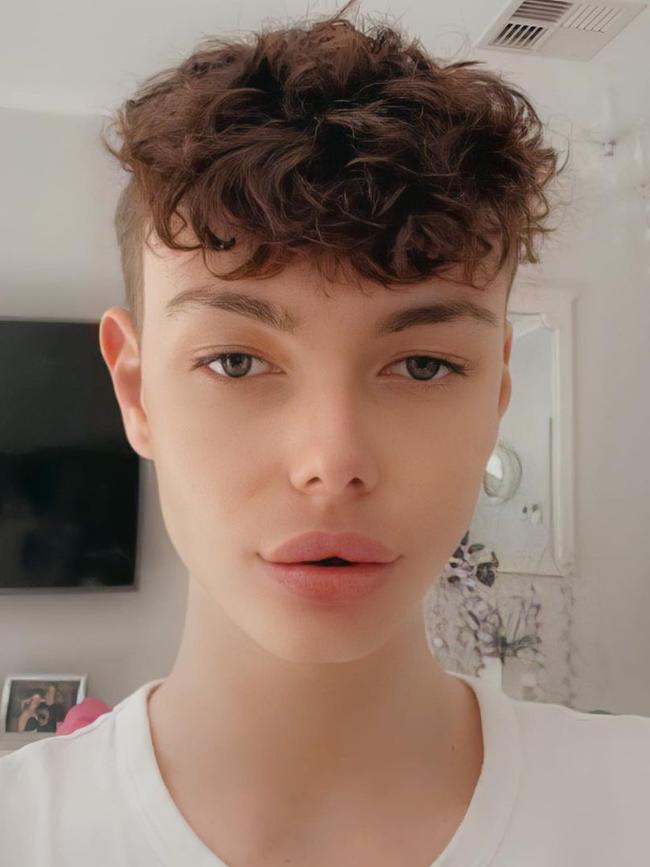
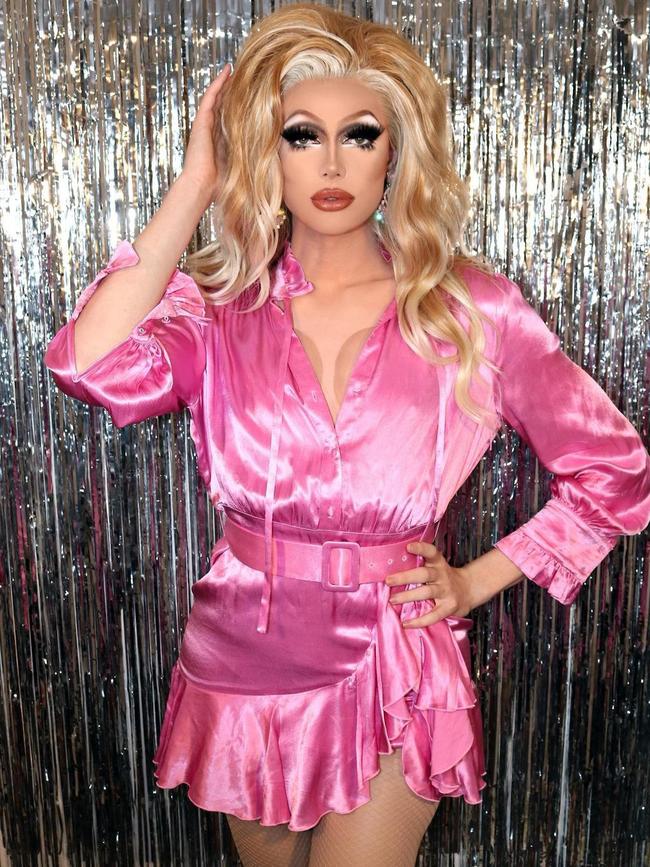
“There was always something in the back of my mind. Sometimes I wouldn’t even leave the house because I didn’t like how I looked,” she said.
“Then, when I started doing drag, I wanted to go everywhere in drag.
“I was like, ‘why am I the only one feeling this?’ then I realised, ‘this is how I want to present’. Then I realised.”
On Saturday, Ellie came out as transgender on stage at Mary’s Poppin “in the most beautiful way”.
“(Drag queen) Eve Elle took my hand and I hugged her and everything went away – I felt so safe, so loved and so grateful to have a chosen family like that,” Ellie said.
“As a trans woman, I get to put on this big hair, these nice shoes, all this makeup – just the feeling of being so over-the-top and glamorous, I love that.
“It’s like a reward. It’s like a home, it’s like a chosen family – we’re all so supportive, we love each other and just being there, doing what we love, makes us so happy.”
Kane Enable
Part of that family is Kane Enable – Kane Jansen off stage – whose three years in drag have led them to become a mentor to the next generation of queens.
Inside a colour-splashed office off Rundle Street, Jansen said he feared Covid could have slowed drag’s explosion into widespread popularity.
But with eased restrictions and a renewed excitement for Adelaide’s club scene, Jansen said it felt like new doors were opening.
“I used to do gigs and go out and you’d always have this sense of nervousness that there are going to be people in the room that don’t get it,” he said.
“But so many things that I’ve done recently, there’s been complete acceptance.
“It’s becoming much more of a respected art form as opposed to just being something that people would enjoy when they went to the gay club.”
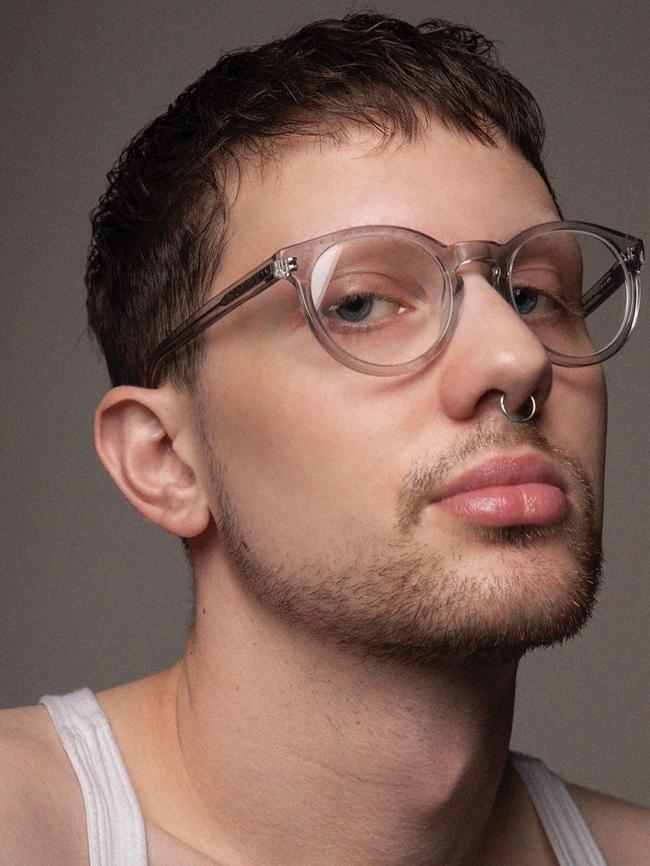
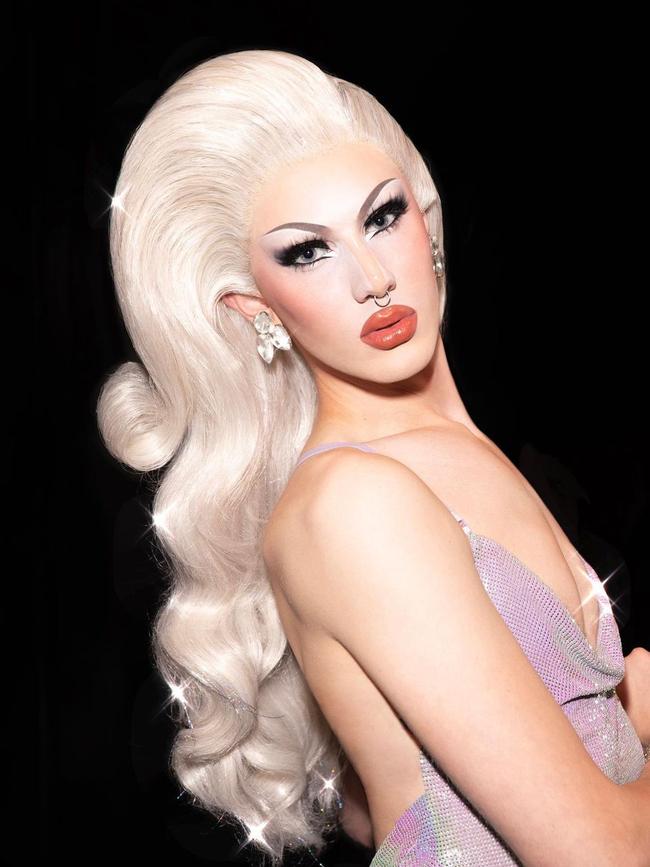
That, Jansen says, is in part thanks to venues like Mary’s Poppin’, which create an inclusive space for the drag-curious to learn, understand and love the craft.
“Adelaide has an understanding of it because we have Fringe … but one thing I would notice was how depressing it was when that month would end,” he said.
“I feel like it’s slowly becoming something that we can make known. A lot of locals think we’re not from Adelaide, but people like that exist here every day, every night.”
“People need that space where they can come and know that they’re not going to be judged or feel uncomfortable.”
Jansen only took Kane Enable to stage for the first time in 2017 but has since become a pillar of Adelaide’s drag scene - and renowned nationally, performing to a packed Sydney crowd in March.
“I’ve been able to be on both sides of that, being someone that went (to Mary’s) and expressed that,” he said.
“Now I’m being someone that makes other people feel special and feel connected to a bigger sense of self.
“I’ve seen myself be there and now all of a sudden I’m here, I’m lending them jewellery, I’m giving them suggestions.
“It’s very rewarding. It’s really exciting to see people enjoying drag, wanting to do drag and wanting to be a part of this world, because it is very exciting.”

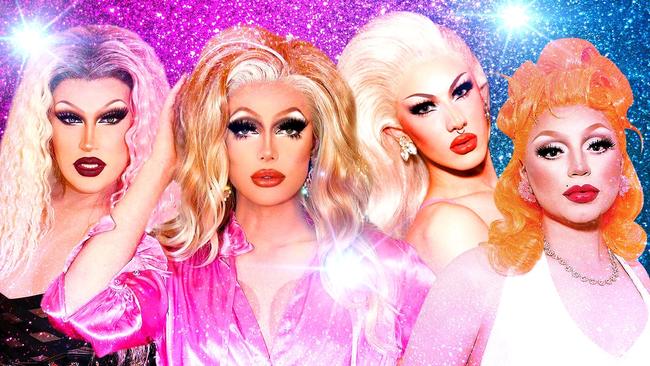
Add your comment to this story
To join the conversation, please log in. Don't have an account? Register
Join the conversation, you are commenting as Logout
Double baby announcement for star Port player
A prominent Port Adelaide midfielder and his partner have shared exciting baby news on Mother’s Day.
What a Beauty! Tricks and old-school magic make musical a must-see
Beauty and the Beast the Musical has started what is certain to be a fairytale run at Adelaide Festival Theatre. Here’s what our reviewer made of the opening night performance.